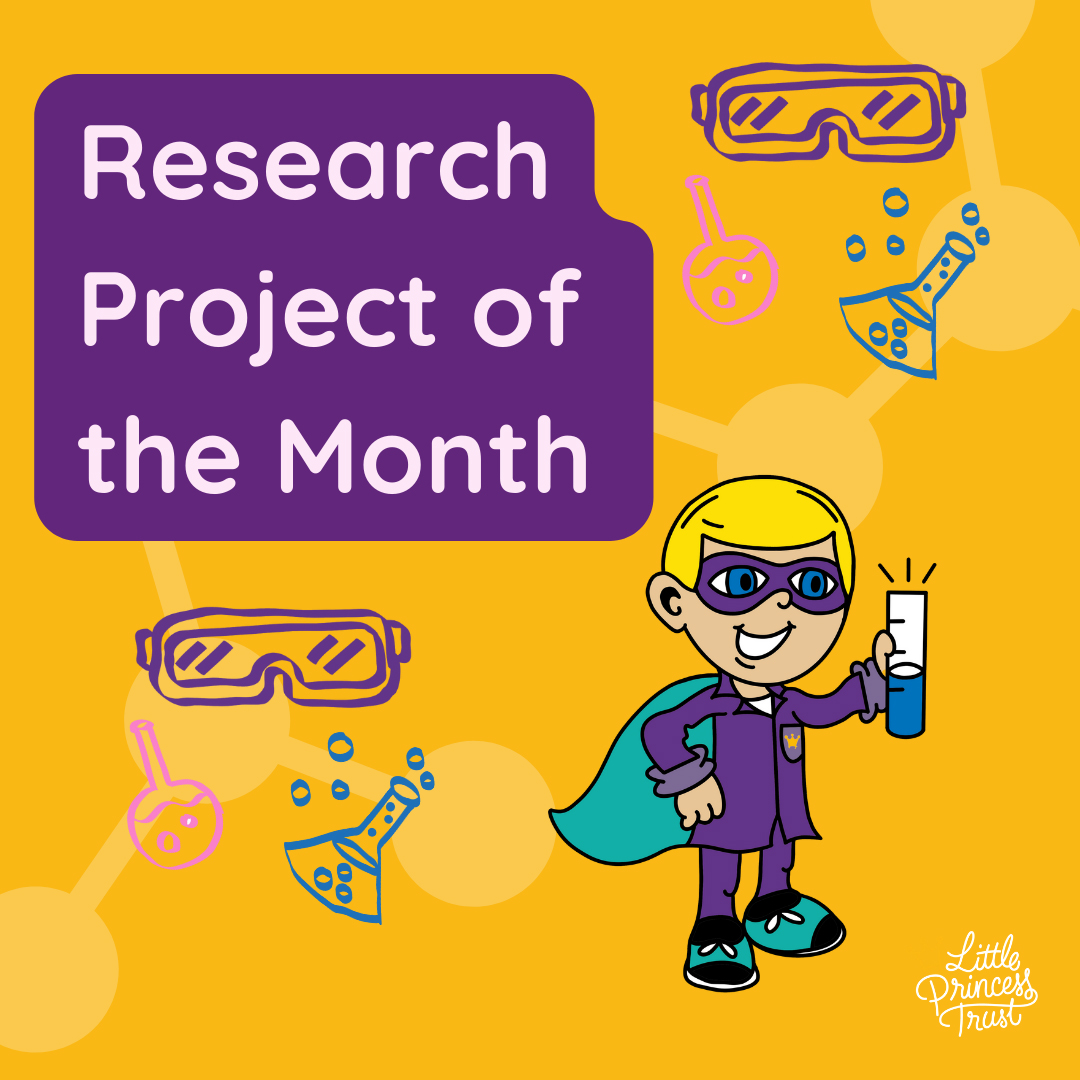Little Princess Trust News
What happens after neuroblastoma comes back?

Our funding aims to find genetic and clinical clues to answer this question
Neuroblastoma is one of the most common cancers in young children. While many children are cured, sometimes the disease is especially hard to fight.
It can grow back (relapse) after initial treatment, making treatment much more difficult.
That’s why we funded Professor Deb Tweddle’s research at Newcastle University. Her team is looking at why neuroblastoma comes back, and what makes the cancer different when it does.
By studying the cancer’s behaviour and genetics, they hope to find ways to predict relapse and to guide better treatment choices.
We already know that children whose cancer comes back a long time after diagnosis tend to respond better to further treatment.
And that those with a high number of copies of a cancer-related gene called MYCN are often harder to cure.
But Deb wants to go much deeper, looking for more genetic and clinical clues that might help doctors choose the best options for each child.
There is already interest from pharmaceutical companies in using the findings to develop new treatments.
Her team has gathered information from over 500 children whose neuroblastoma either came back or didn’t respond to treatment.
They’re still completing their analysis, but they have some interesting results so far. Early analyses have shown that over three in 10 high-risk patients have genetic mutations that could be important for targeted treatments.
The team have also found that more children with relapsed neuroblastoma live longer now than fifteen years or more ago.
This shows that all of the hard work put into developing and improving treatments is making an impact. However, we still need more ways to help those whose cancer can’t be cured with current treatments.
Deb hopes that the results of this project will help shape new treatment plans for children whose cancer returns.
There is already interest from pharmaceutical companies and global research groups in using the findings to develop new treatments and clinical trials.
Deb’s work is a vital step toward giving more children with high-risk neuroblastoma a better chance if their cancer returns.
Find out more about this project here.



